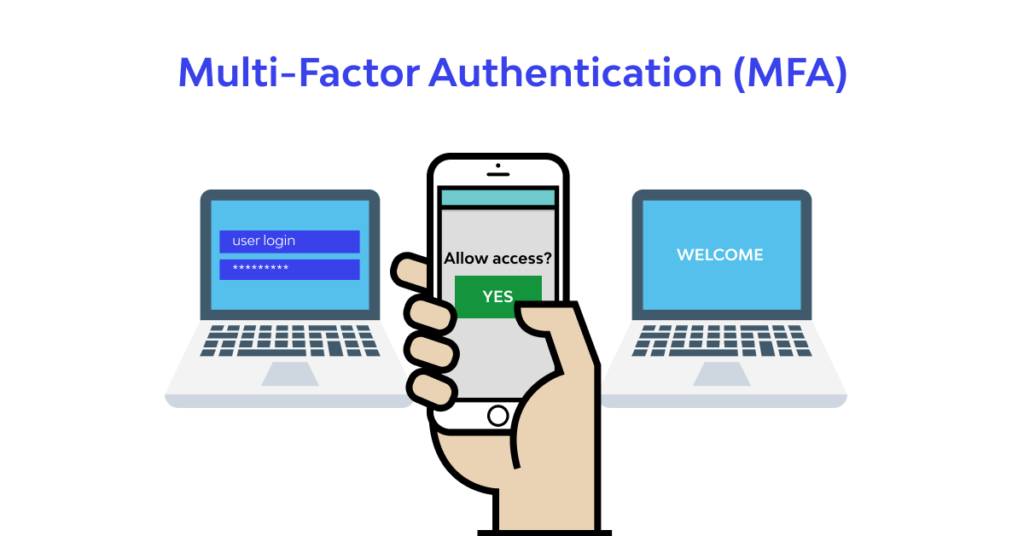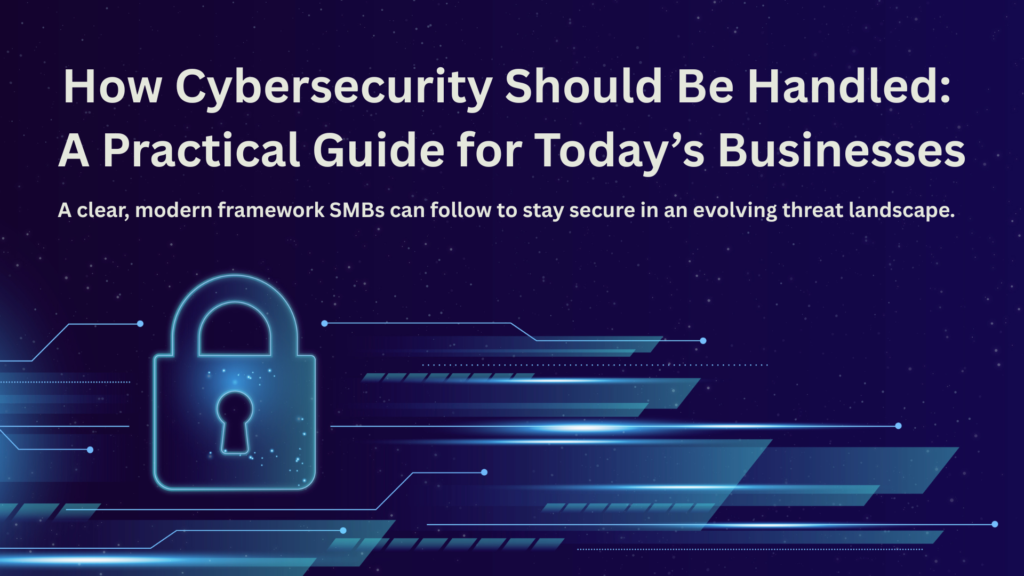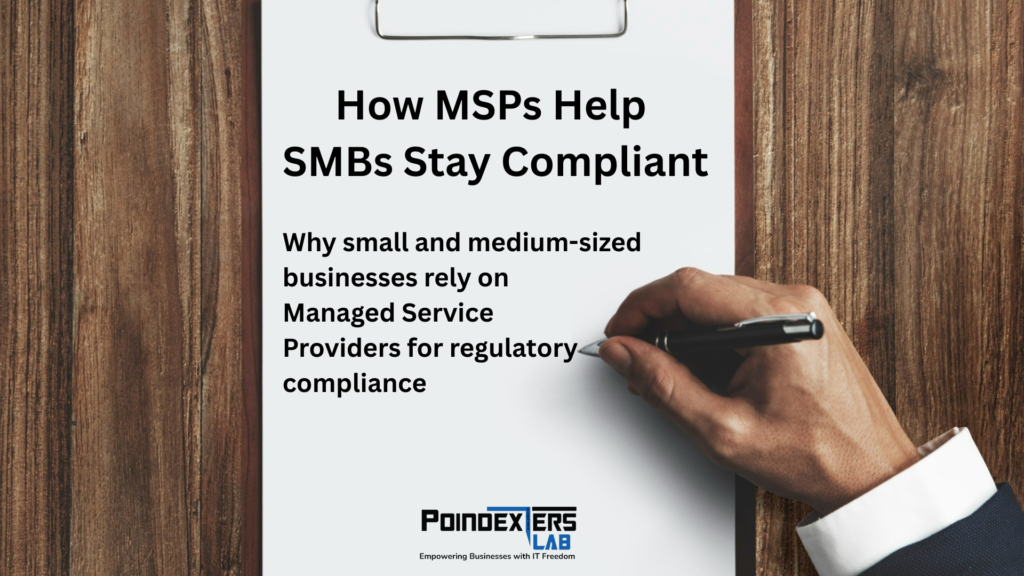How Attackers are Leveraging AiTM to Compromise Multi-Factor Authentication Safeguards
Poindexters Lab
June 6, 2024

In the ever-evolving landscape of cybersecurity, attackers constantly innovate to bypass even the most robust defenses. One of the latest tactics gaining traction is Adversary-in-the-Middle (AiTM) attacks, which are increasingly being used to compromise multi-factor authentication (MFA) safeguards. This blog post explores how these sophisticated attacks work and what can be done to protect against them.
Understanding AiTM Attacks
Adversary-in-the-Middle (AiTM) attacks are a form of man-in-the-middle (MITM) attacks where the attacker intercepts and manipulates the communication between a user and a legitimate service. Unlike traditional MITM attacks, AiTM specifically targets authentication processes, including those secured by MFA.
How AiTM Attacks Work:
- Phishing Setup: Attackers create a phishing site that mimics a legitimate login page of a targeted service.
- Victim Engagement: The victim is tricked into visiting the phishing site, typically through a deceptive email or message.
- Credential Capture: When the victim enters their credentials, the phishing site forwards these to the actual service in real-time.
- Session Hijacking: The attacker captures the session cookie or token generated by the service after successful authentication, including any MFA tokens.
- Unauthorized Access: With the session token, the attacker can access the victim’s account without needing the MFA code again, effectively bypassing the MFA protection.
The Role of MFA and Its Limitations
Multi-Factor Authentication (MFA) is a critical security measure designed to enhance login security by requiring two or more verification factors. These factors typically include something you know (password), something you have (a smartphone or security token), and something you are (biometric verification).
Strengths of MFA:
- Increased Security: By requiring multiple forms of verification, MFA significantly reduces the risk of unauthorized access.
- Protection Against Credential Theft: Even if an attacker steals a password, they still need the second factor to gain access.
Limitations of MFA:
- Session Hijacking Vulnerability: MFA primarily protects the login process. Once a session token is issued, MFA is not involved in subsequent requests during that session.
- Phishing Susceptibility: MFA can be compromised if the authentication process itself is intercepted, as seen in AiTM attacks.
AiTM Attack Techniques
Attackers employ various techniques to execute AiTM attacks effectively:
- Real-Time Phishing Proxies: These proxies sit between the user and the legitimate service, capturing all data transmitted during the authentication process. Examples include Evilginx and Modlishka, which automate the interception and session hijacking.
- Credential Reuse: Attackers use stolen credentials to attempt access on multiple sites, taking advantage of users who reuse passwords across different services.
- Advanced Social Engineering: Sophisticated phishing schemes trick even savvy users into divulging credentials and MFA tokens.
Protecting Against AiTM Attacks
While AiTM attacks pose a significant threat, there are several strategies and tools that can help mitigate the risk:
Advanced Threat Detection:
- Behavioral Analytics: Use AI and machine learning to monitor and analyze user behavior for signs of suspicious activity.
- Anomaly Detection: Identify and flag unusual login patterns that might indicate a compromised session.
Enhanced MFA Solutions:
- Phishing-Resistant MFA: Implement MFA solutions that are less susceptible to interception, such as hardware security keys (e.g., YubiKeys) that use FIDO2/WebAuthn protocols.
- Continuous Authentication: Employ continuous authentication mechanisms that verify the user’s identity throughout the session, not just at login.
User Education and Awareness:
- Phishing Awareness Training: Regularly educate users about the latest phishing techniques and how to recognize suspicious emails and websites.
- Promote Safe Practices: Encourage users to verify URLs, use password managers, and avoid clicking on unsolicited links.
Zero Trust Architecture:
- Strict Access Controls: Adopt a Zero Trust approach, where all access requests are continuously verified, regardless of their origin.
- Micro-Segmentation: Limit the attack surface by segmenting networks and enforcing strict access policies within each segment.
Secure Session Management:
- Token Binding: Ensure session tokens are bound to specific devices or client contexts, making it harder for attackers to reuse them on different devices.
- Short-Lived Tokens: Use tokens with shorter lifespans that require frequent re-authentication, reducing the window of opportunity for attackers.
Conclusion:
As attackers continue to develop new techniques to bypass security measures, understanding and mitigating threats like AiTM attacks become crucial. By combining advanced threat detection, robust MFA solutions, continuous user education, and a Zero Trust security model, organizations can significantly enhance their defenses against these sophisticated attacks. Staying informed and proactive is the key to safeguarding digital assets in this ever-evolving cybersecurity landscape.





